Management and Organizational Behaviour: Case Study of LINK, Inc.
VerifiedAdded on 2023/06/10
|10
|806
|303
Case Study
AI Summary
This case study examines the organizational behavior issues at LINK, Inc.'s oil rig, KINK650, focusing on Shaun O’Neil’s experiences. The initial attraction of high salaries and generous time off quickly faded as employees faced harsh working conditions, poor treatment from supervisors, and a lack of clear communication. The absence of a proper reward system, job security, and motivation led to widespread dissatisfaction, with employees resorting to faking ailments to avoid work. The tragic death of Bob MacKenzie due to negligence sparked unionization efforts, which the management resisted. The analysis utilizes the MARS model to evaluate the factors affecting employee performance, highlighting deficiencies in motivation, ability, role perception, and situational factors. Recommendations include fostering employee commitment, managing workplace stress, improving communication, prioritizing employee safety, and collaborating with the union to create a more positive and productive work environment. Desklib provides access to similar case studies and solved assignments for students.
1 out of 10
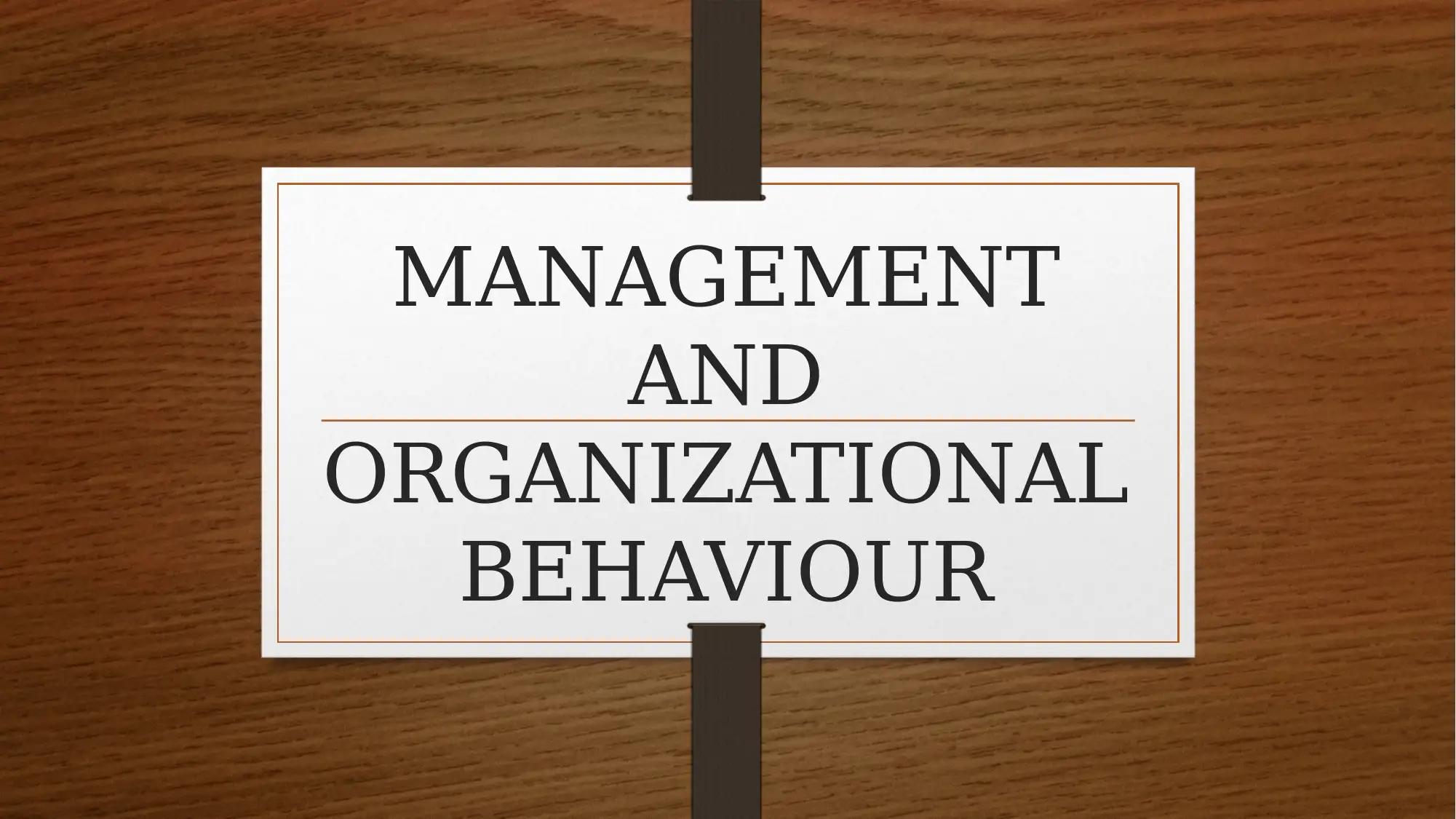

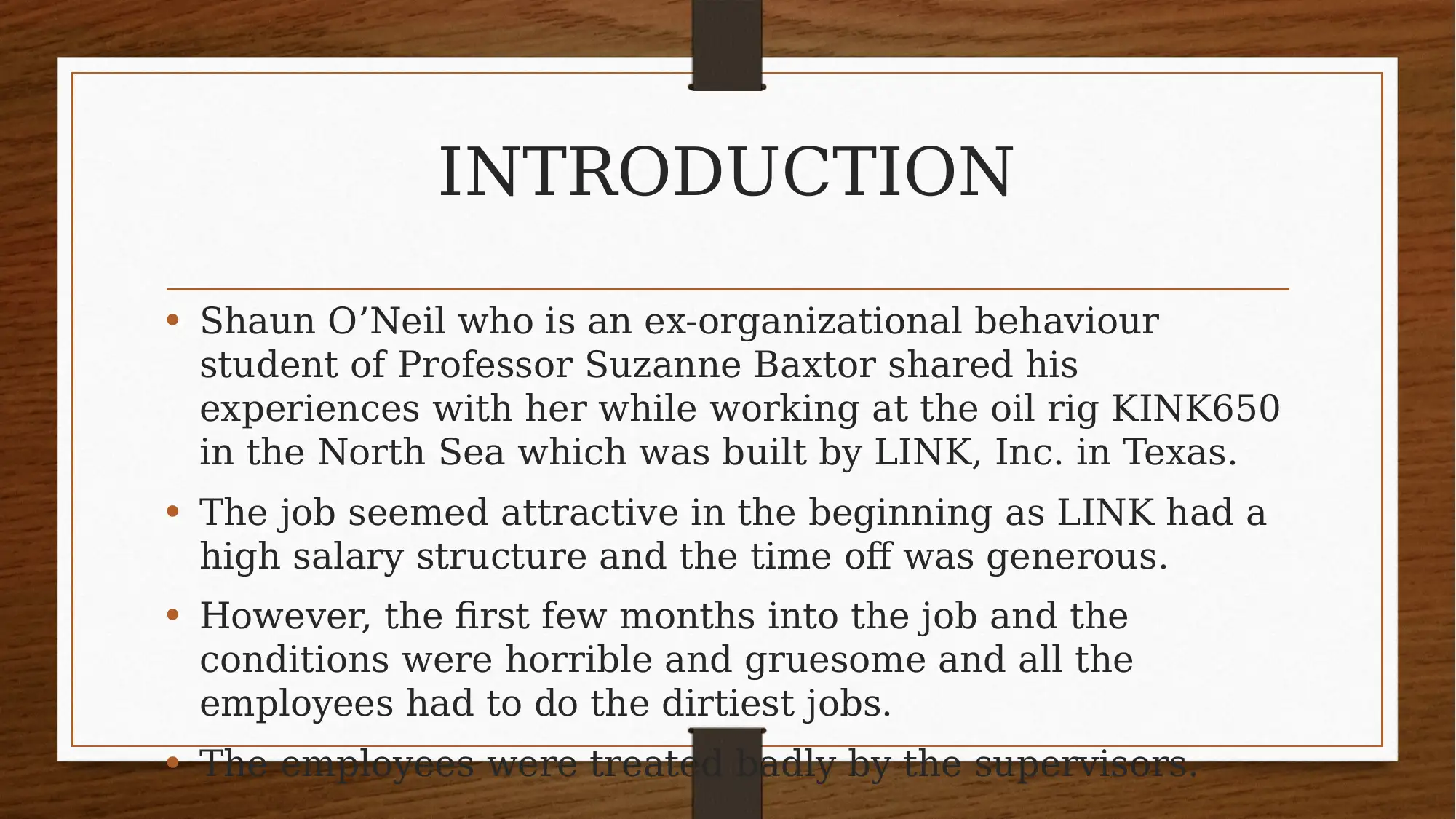

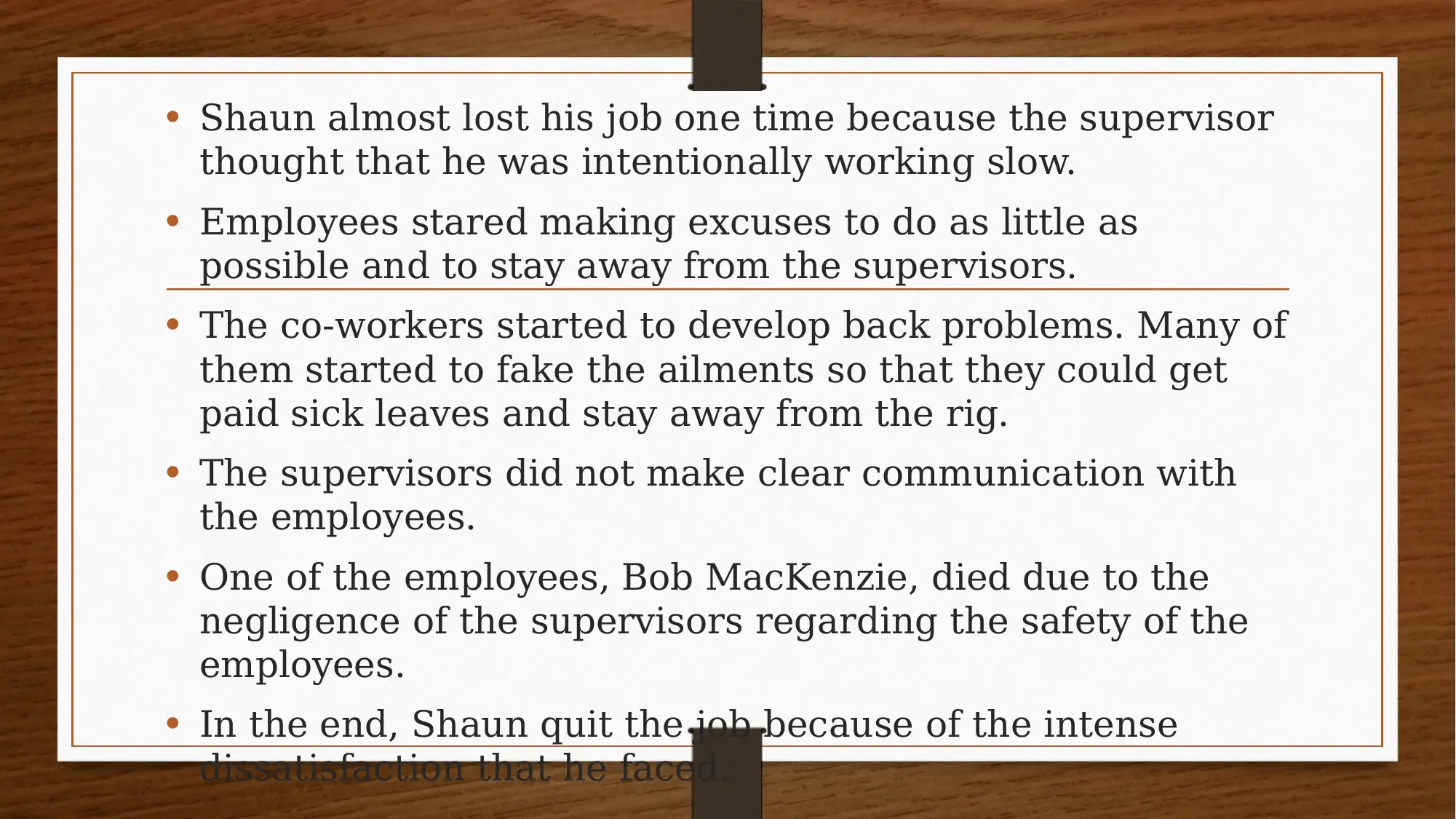
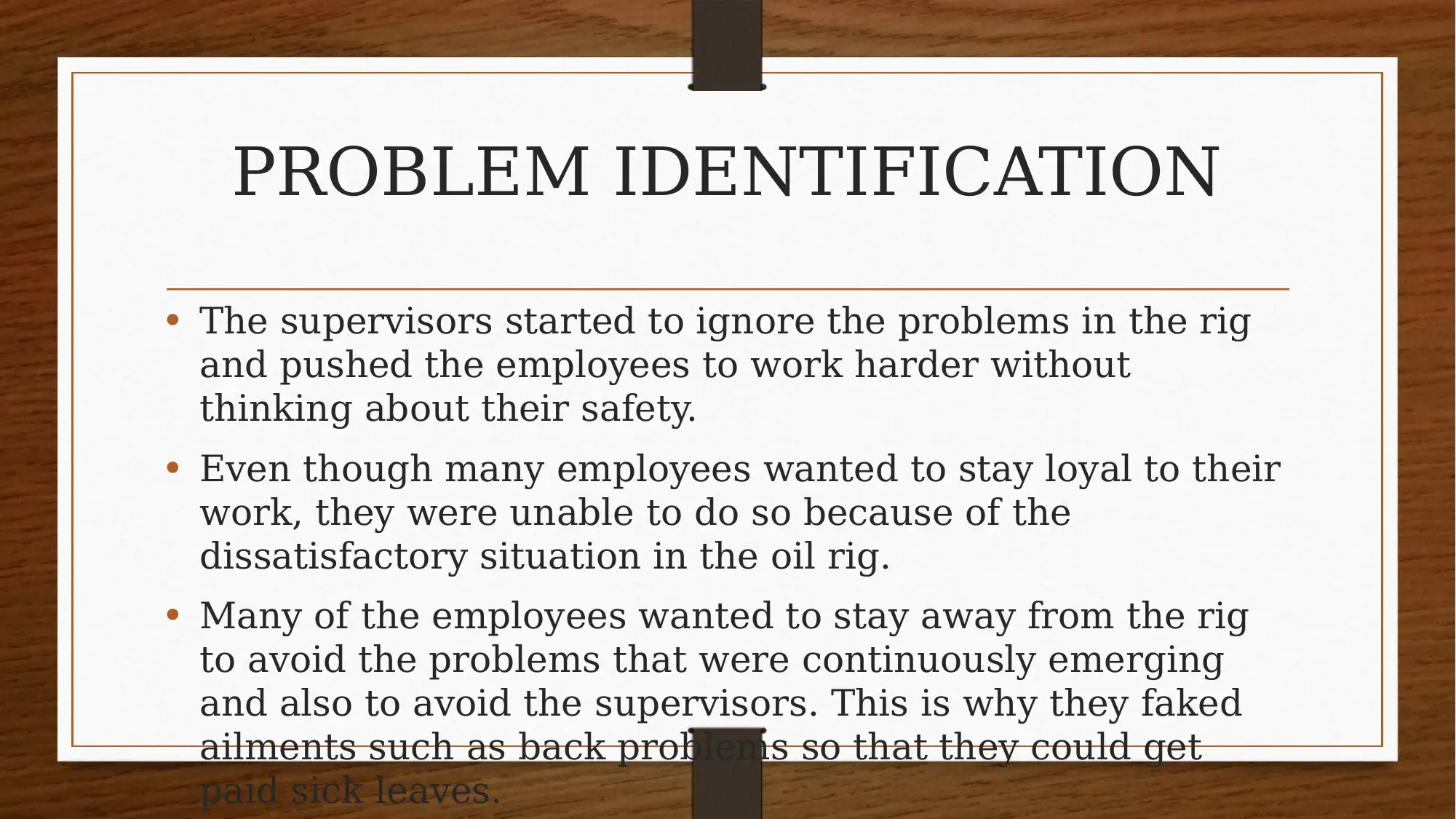
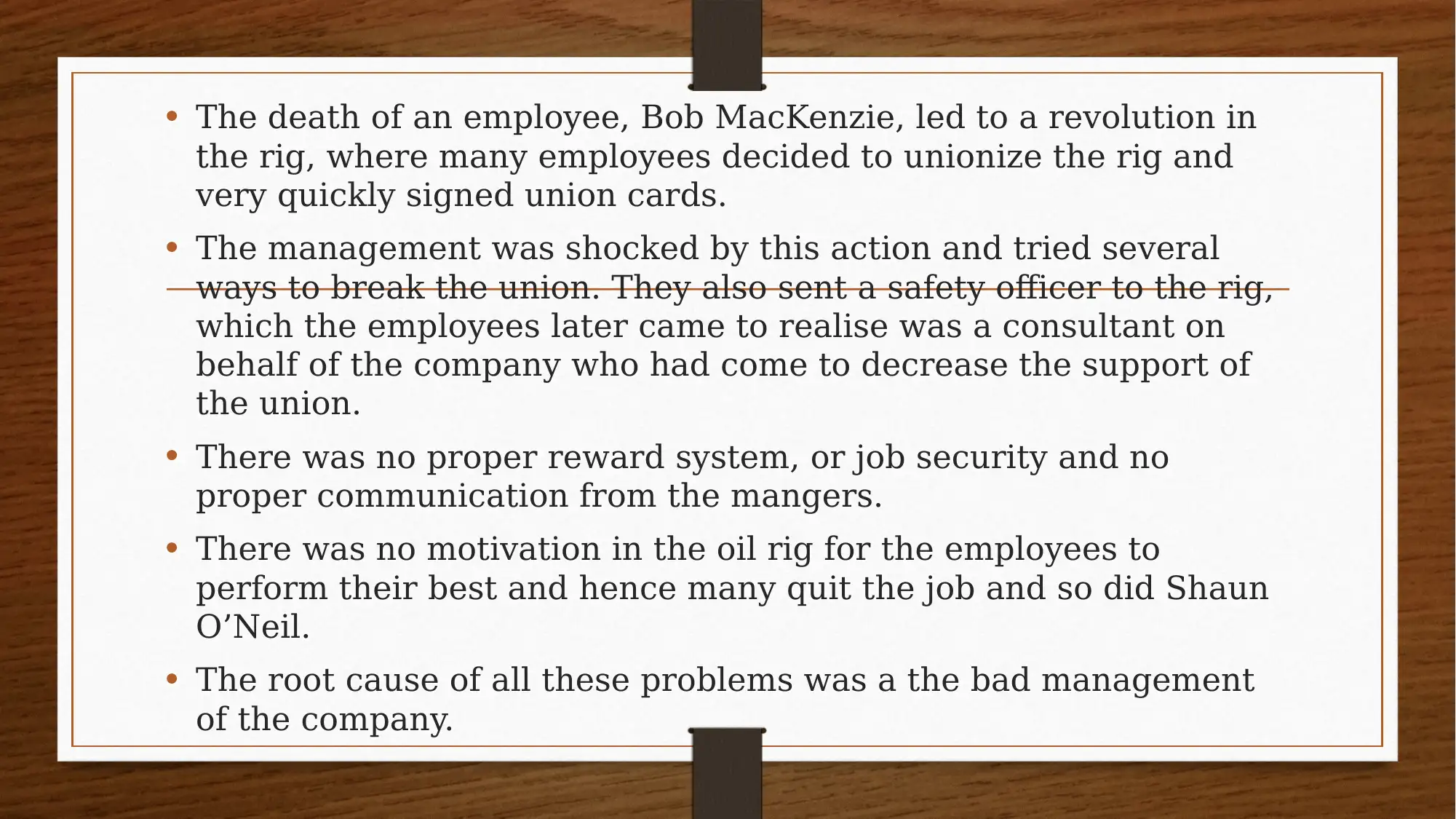
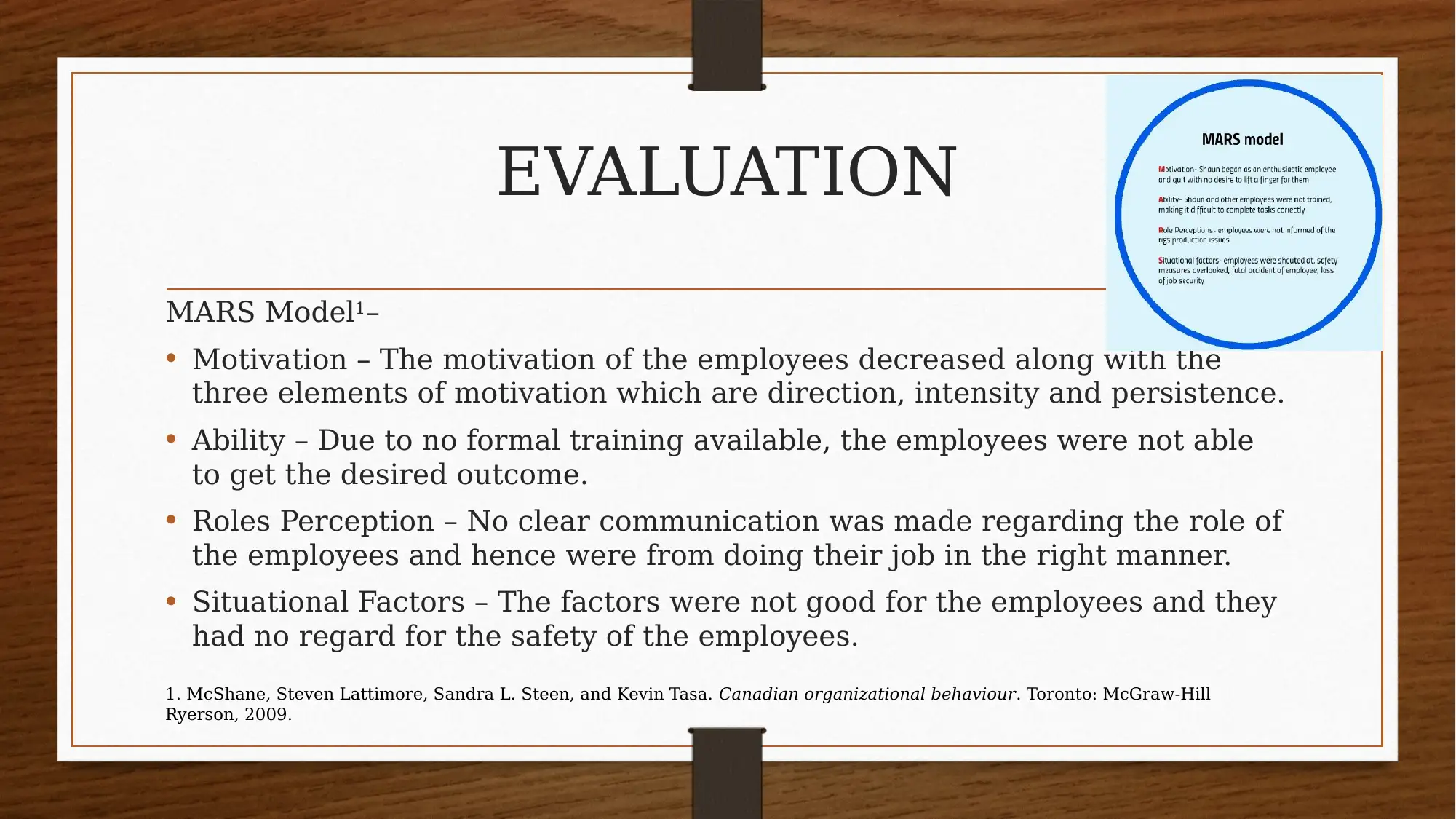
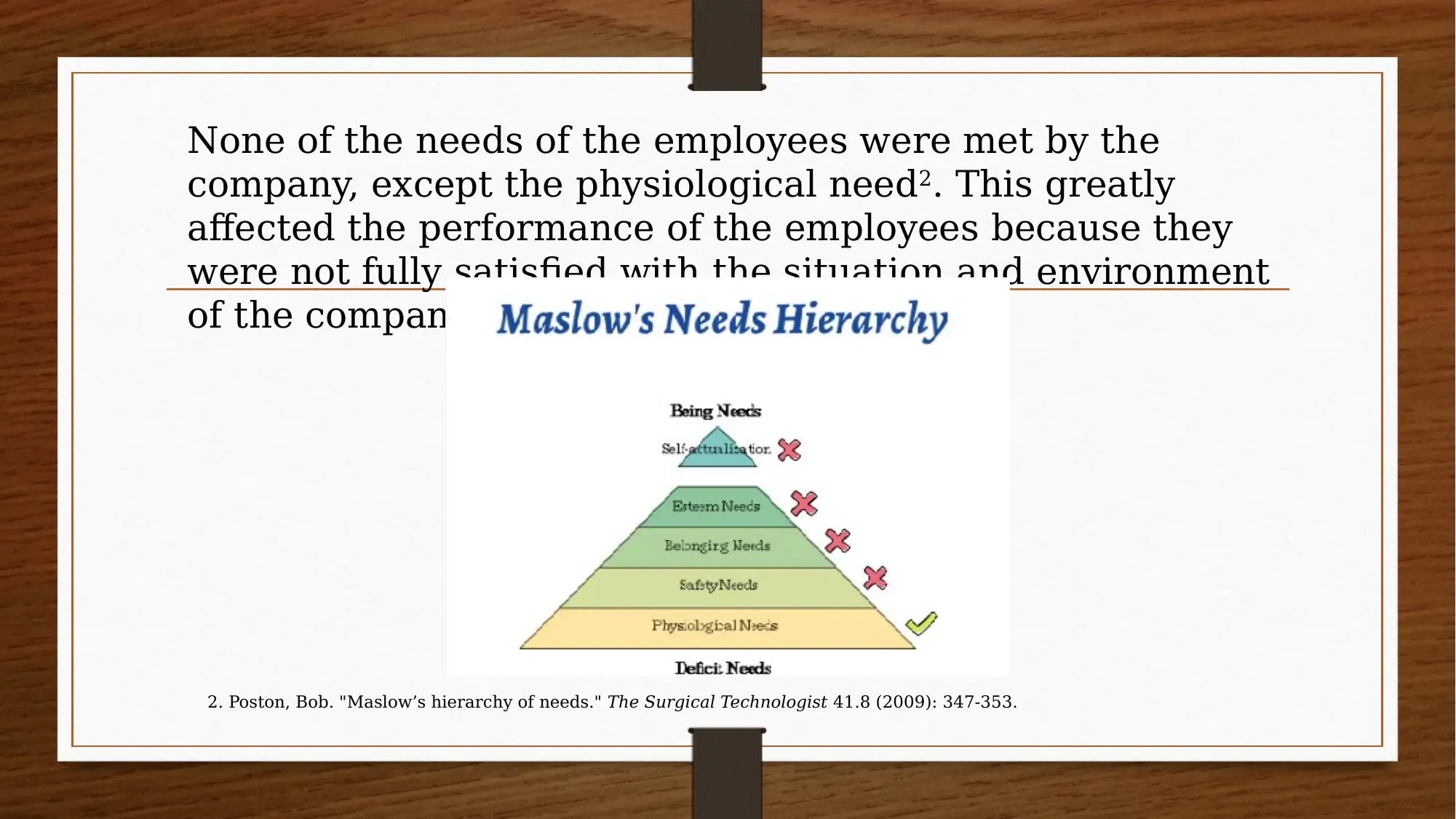
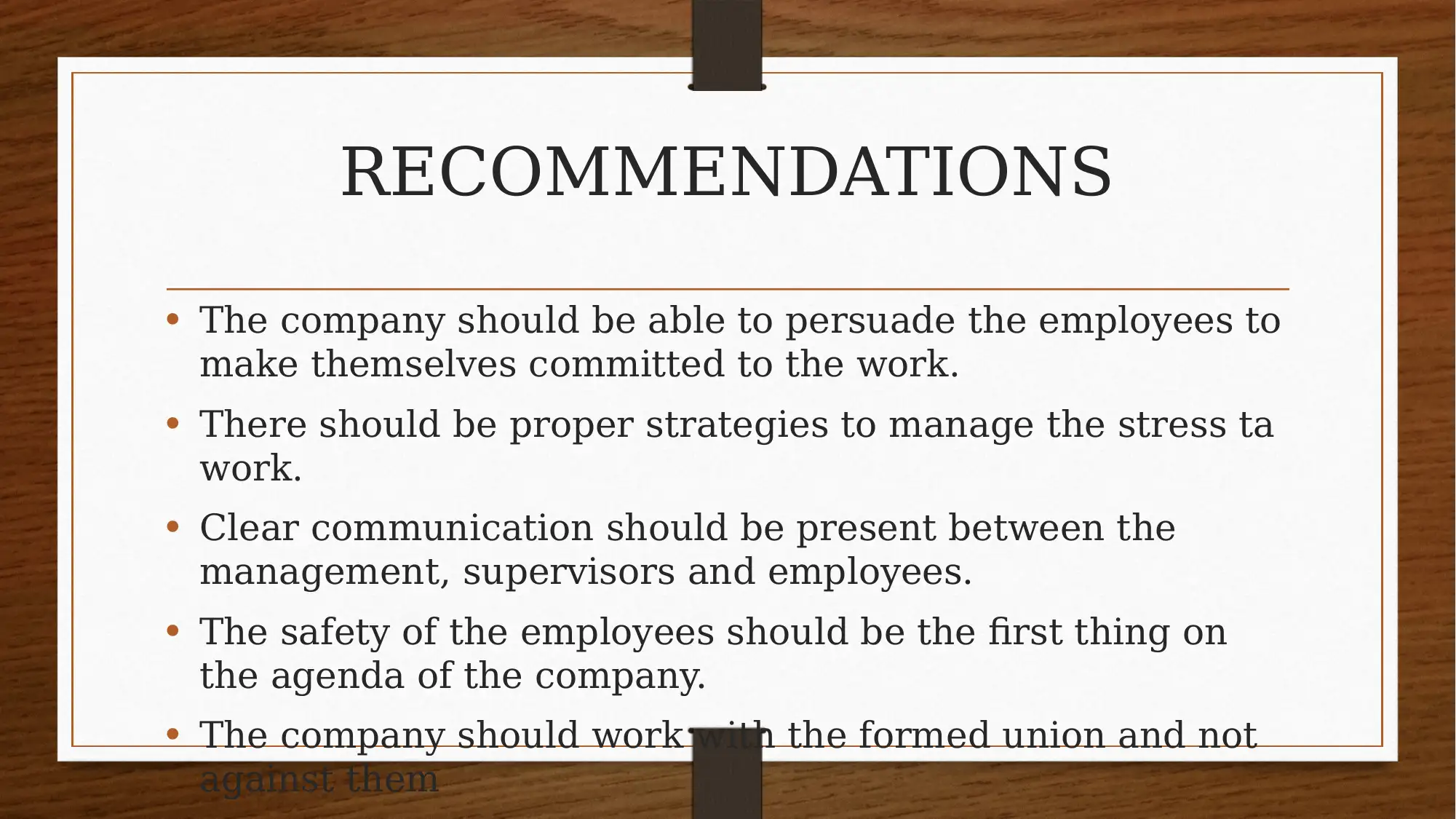
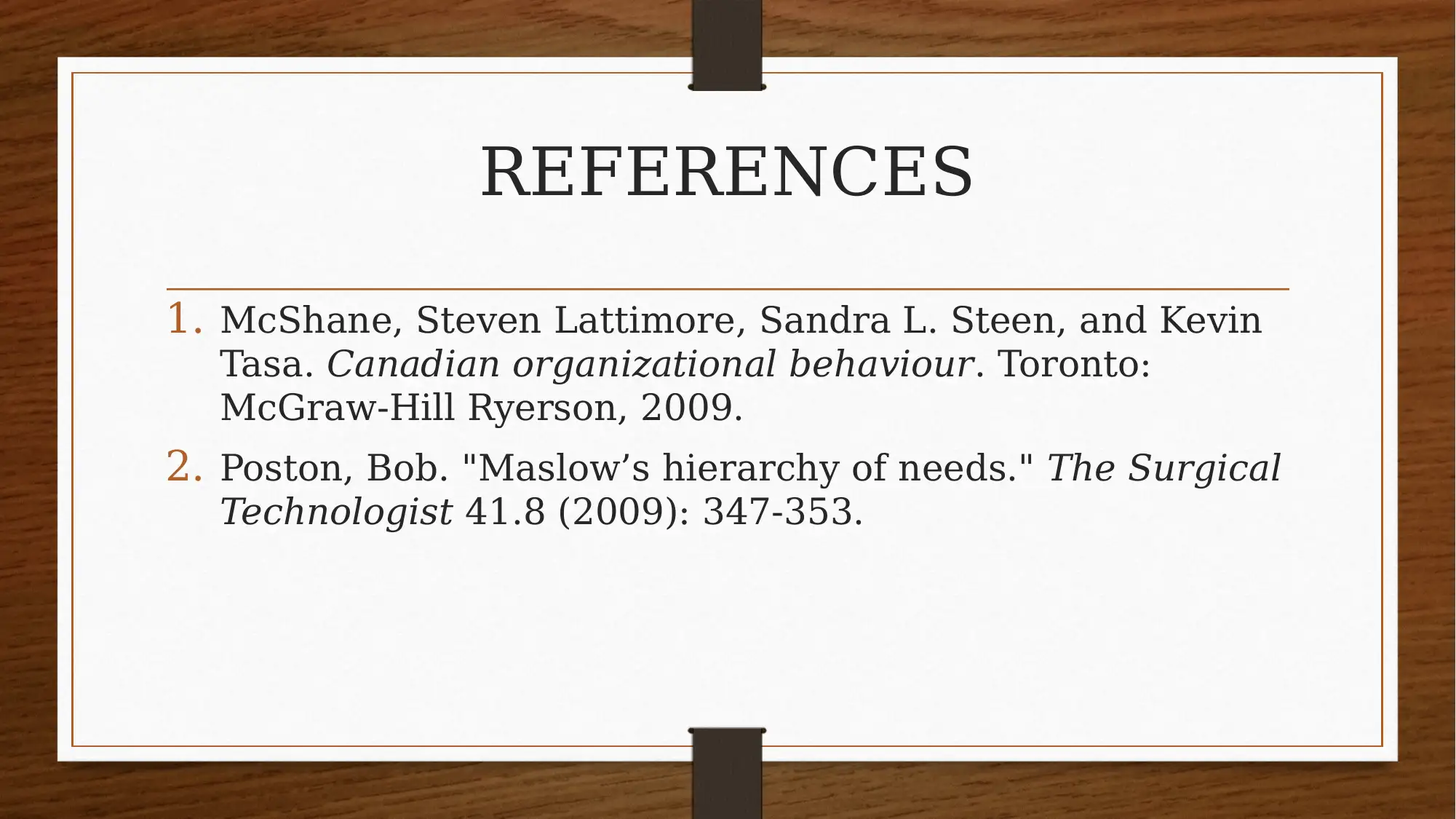
![[object Object]](/_next/static/media/star-bottom.7253800d.svg)